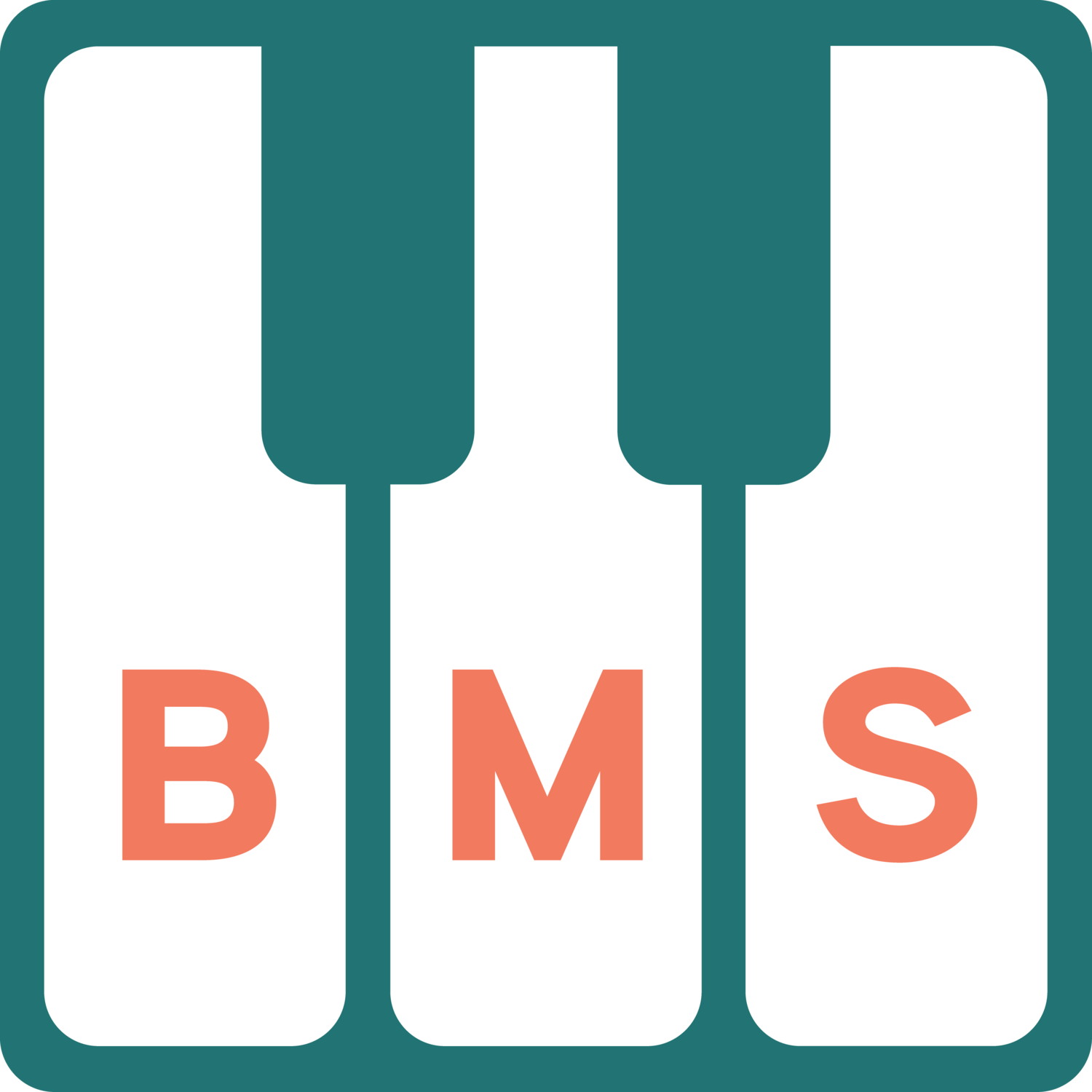Voice and Breath
So when we sing, what is actually happening? In very (very) basic terms, breath is passing through your vocal folds in your throat which makes them vibrate. The frequency at which they vibrate is how pitch is generated. That means if you are singing A-440, your chords are flapping away at 440 times per second. This vibration creates a lot of sound, which travels up and out any available opening. As an old teacher once said, “breath does not discriminate. If there’s a space or a hole for it, it’s going to fill it.” Whether it comes out of your nose or your mouth, or some combination of the two, your breath will leave your body flowing along the vibrations echoing out of you.
So of course breath is integral to making your voice work, and should be treated with great importance. However equating good singing to just breath is a far over-generalization. Your breath could be moving as freely as it wants through a rigid tongue and low soft palate, but breath cannot fix everything. The voice functions as a complicated series of muscles,cartilages, ridges and folds. We need those muscles and folds to be working together efficiently, to make the act of singing “feel” as easy as possible.
Oftentimes when students start to gain more awareness of all of the different parts of their voice, singing suddenly seems like a very complicated and difficult thing to do. There are tongue positions, vowel shapes, breathing techniques, the list goes on! A very important thing I remind them, is that the body is a really amazing thing. If you tell your body to “sing,” it will find a way to make that happen, it may not be the most efficient or “correct” way, but it will find a path and make it work. When we build this awareness of the different parts of our voice, we start to train, or retrain certain muscle patterns and memories to make the act of singing easier, healthier, and more efficient. It is very important to remember that retraining muscle memory takes time. This is not something you are going to change overnight, or even in a week. Some of these “habits” or memorized patterns take quite a bit of concentration and deliberate effort to change. Once they do change however, suddenly you find yourself singing and it feels really easy, and really good. AND you don’t have to think about it so intensely anymore.
By building more awareness of the different parts of your voice, we often find a lot of muscles “compensating,” or getting involved when they really aren’t necessary. This is because, as I have said before, muscles like doing things. They like activating and getting involved. So the first step is always just figuring out where these muscles are in your body, and how they are functioning, then you can start changing those patterns.
One of these patterns which is incredibly common, is your breathing pattern. Most of the time, as babies we all breathe “diaphragmatically,” or with the use of our diaphragm. As we get older, unless we are made aware of this through many different avenues, it is very common to stop, and rely only on the expansion of the upper chest area for the lungs. This makes a kind of sense, as the lungs themselves are tucked up in that area of the body, but they are protected by our rib cage and the muscles and cartilages in between the ribs, so there isn’t a ton of room for expansion. Our diaphragm is a big “cone-like” muscle that pushes down and moves all of the “softer and squishier” organs (stomach, intestine etc) out of the way so that your lungs can expand more in that direction. I like to point out to my students that we can’t really “feel” the diaphragm in the same way we can the throat, tongue, or jaw. We can feel what the diaphragm does, but not so much the muscles itself.
Breathing diaphragmatically is a huge part of singing, simply because the more breath you can get into your lungs, the more breath you have to sing with. Now I am not saying that you need to “tank up” on every breath, and fill your lungs to the max, but to sing longer, higher and more consistently, it starts with more breath than only expanding into our rib cage and chest. This is often the first muscle I get my students to build an awareness of, and to start retraining if necessary, as it plays such a vital role in producing your voice and allowing you to sing more easily. That’s what we all want right? Easy singing feels good, and is good for us mentally and physically.

DISCLAIMER
I am not a medical doctor. These posts are all anecdotal, based on experiences through my own learning, understanding and teaching. My musical knowledge is based primarily in the Western classical tradition, which by no means defines the only perspective to learn and understand music.

